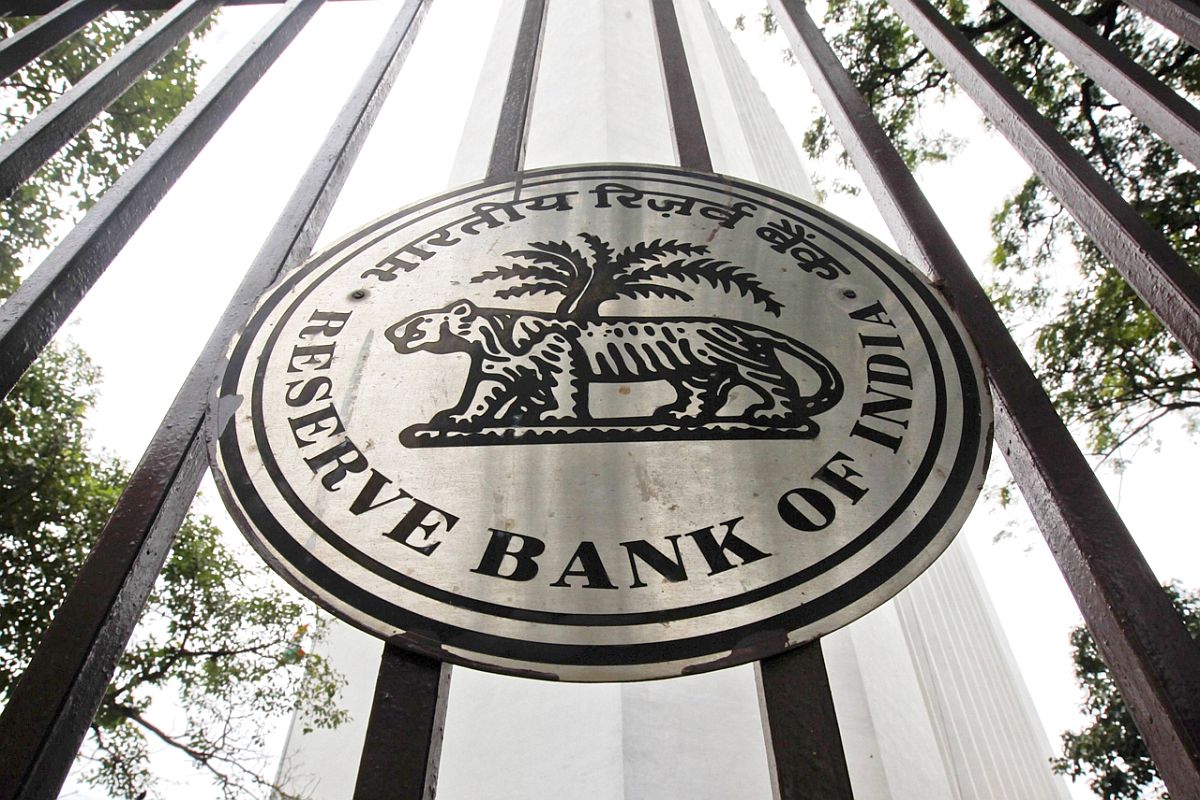A raging controversy has erupted by the report of an Internal Working Group (IWG) of the Reserve Bank of India that had recommended that business houses be allowed to set up banks and the cap on promoters’ quota be raised to 26 per cent from the current limit of 15 per cent.
Former Governors of the RBI, Raghuram Rajan and Urjit Patel have passionately pointed out the risks of letting big business houses set up banks, while advocates of laissez faire have found merit in the suggestions of the IWG.
Advertisement
Should the recommendations of the IWG be accepted, banking would come full circle, from its nationalisation fifty-one years ago. Just to remember, Mrs Indira Gandhi had nationalised private sector banks in 1969, because ownership by business entities had led to banks’ lending to big businesses and related parties, to the exclusion of farmers and small businessmen.
While holding no brief for nationalisation, one can see that it did achieve the twin objectives of bringing bank branches to smaller places and making credit available for agriculture and small businesses. Bank branches have increased from less than 7,000 in 1967 to more than 1,52,000 today, of which more than 52,000 are in rural areas. However, it is quite another thing that the Government soon started managing banks like other Government departments.
The motive behind nationalisation, too, was not above board; the Government of the day was impoverished and facing political headwinds in the wake of two wars and one drought and the underlying idea was to use the funds of cash-rich banks for the Government’s own schemes and initiatives.
However, with the passage of time, bank funds came to be used for loan melas and business ventures of crony capitalists. Resultantly, fifty-one years after nationalisation, the banking system is gasping for breath, with the RBI appointed, KV Kamath Committee, finding that 72 per cent of banking sector debt worth Rs.37.72 lakh crore was under stress.
Further, according to the Kamath Committee, bank sickness was not a new development, Rs.23.71 lakh crore, or 45 per cent of banking sector debt, was already under stress before Covid-19 hit the economy.
Considering that in 2019, the Reserve Bank of India (RBI) had placed 11 of the 21 public sector banks into Prompt Corrective Action (PCA) in view of their escalating non-performing assets (NPAs) and ballooning losses, a hypothetical question arises: “Would the banks have fared better had nationalisation not taken place?” No clear answer can be given, but our experience with private banks would indicate that the result may not have been very different.
We find that half of the fourteen private banks which were floated in 1993, 2003- 04 and 2013-14, have faced distress, the last being Yes Bank.
All commercial banks function under the dual control of the Finance Ministry and the RBI, however, bank managements (which are appointed by RBI/Finance Ministry) have to take the blame, when things go wrong. Should a bank fail, depositors and shareholders take a hit; deposits in banks are insured only up to Rs 1 lakh by the Deposit Insurance and Credit Guarantee Corporation (DIGCC) which means that one would get a maximum of Rs 1 lakh in case of bank failure, that too after donkey’s years, even if the amount deposited was higher.
Statistically, only 7.8 per cent of the total bank deposit base is covered by insurance. The investors in Tier-1 capital of Yes Bank got nothing when the bank went kaput, and under the scheme of amalgamation approved by the Government, shareholders of Laxmi Vilas Bank are to get nothing.
Contrast this with the US Federal Deposit Insurance Corporation, which guarantees bank deposits up to $2,50,000 and makes payments to depositors of failed banks, by the next business day.
The Federal Deposit Insurance Corporation successfully handled 165 bank failures in 2008 and 2009 alone. A study of recent bank failures would show that bank NPAs were a consequence of the lending of funds beyond the repaying capacity of borrowers.
Most of such lending was motivated; the creditworthiness of the borrower was overestimated for extraneous considerations. For example, banks overvalued the pledged assets of people like Mehul Choksi and Nirav Modi and extended credit far exceeding the borrowers’ net worth.
Further, banks failed to monitor the utilisation of the loaned amount. Contrast this with the treatment you or me, an ordinary middle-class person, would receive if we went to the bank for a small loan. In addition to mortgaging all our assets, we would be treated like Mallyas in the making. Should we default even on one instalment, we would find the bank’s strongmen at our doors.
There are no means for a depositor or retail shareholder to know the ways in which their money is being put at risk by the shenanigans of the top management. For example, PMC Bank’s Annual Report dated 12 September 2019 did not give any indication that the Bank was stressed and was about to fail within the next two weeks.
Rather, the latest Balance Sheet, audited by a reputed firm of chartered accountants, showed a net profit of close to Rs100 crores and Gross NPAs of only 3.76 per cent. Surprisingly, PMC’s fraudulent conduct was exposed not by auditors or regulators but by some public-spirited lady employees of the bank. Similarly, rating agencies had given IL&FS the topmost rating which was amended to un-satisfactory only after IL&FS collapsed.
No one came forward to take responsibility for the sickness of the 11 Public Sector Banks which had to be put under Prompt Corrective Action. Shifting blame, the RBI hastily clarified that it did not have much control over Public Sector Banks because the chief executives of PSBs were appointed by the Finance Ministry.
In most cases, it was found that some non-performing loan accounts had brought a bank to its knees.
The defalcated moneys have never been recovered, despite the involvement of myriad enforcement agencies, raising doubts on the motives behind the obsessive secrecy under which banks operate.
The ladies heading ICICI and Axis Bank, who at one time enjoyed iconic status, had to leave their jobs under a cloud and one of them is under investigation for doubtful dealings with a borrower.
Such instances have shattered the myth that ladies and private banks were above-board in their financial conduct and it was only the Public Sector Banks which needed to be controlled. Rather, repeated instances of massive bank frauds and bank failures have put a question mark over the capability of the Reserve Bank to oversee the working of banks.
The Narasimham Committee-II (1998) Report had recommended greater autonomy to public sector banks to enable them to be run professionally. Government equity in nationalized banks was proposed to be reduced to 33 per cent and the practice of nominating MPs, politicians and bureaucrats to bank boards was proposed to be discontinued because such persons were found to be interfering in the day-to-day operations of banks, often forcing the banks to lend to undeserving persons.
Even after twenty-two years, none of these crucial reforms has been implemented. All recommendations of the Banks Board Bureau, which was formed for recommending names for selection of heads of Public Sector Banks and Financial Institutions, were invariably junked. Proceeding on the premise that there is no inherent advantage in having a large number of very large banks, why can’t we have smaller banks that can be managed on commercial principles by their own directors? The directors of such banks should be finance professionals who would be well paid for their labours, and not random well-connected individuals.
Smaller banks would not be able to hide their misdeeds in the plethora of figures, in the manner the bigger banks do. Each bank branch would function as a profit centre with a mandatory annual audit, with commensurate rewards to staff for good performance. In this set-up, poor performance and fraud would be quickly identified and corrected without sending the entire bank into ICU.
Moreover, to shore up confidence of the public in the banking system, instead of reviving failed banks by injecting capital from PSUs like SBI or LIC, the Government should pay back depositors fully and send the bankrupt banks to NCLT. Remembering the succinct observation of poet and playwright Bertolt Brecht: “It is easier to rob by setting up a bank than by holding up a bank clerk,” perhaps, the Government can ponder on ways to improve governance of banks, before granting banking licences to more entities.











